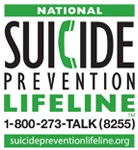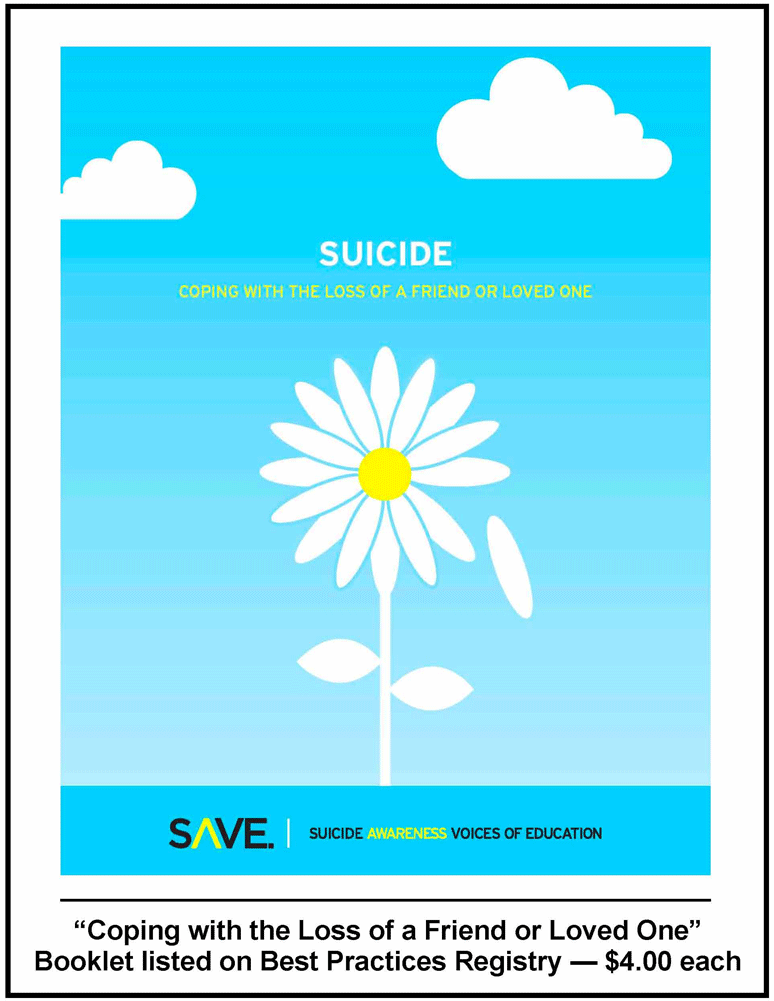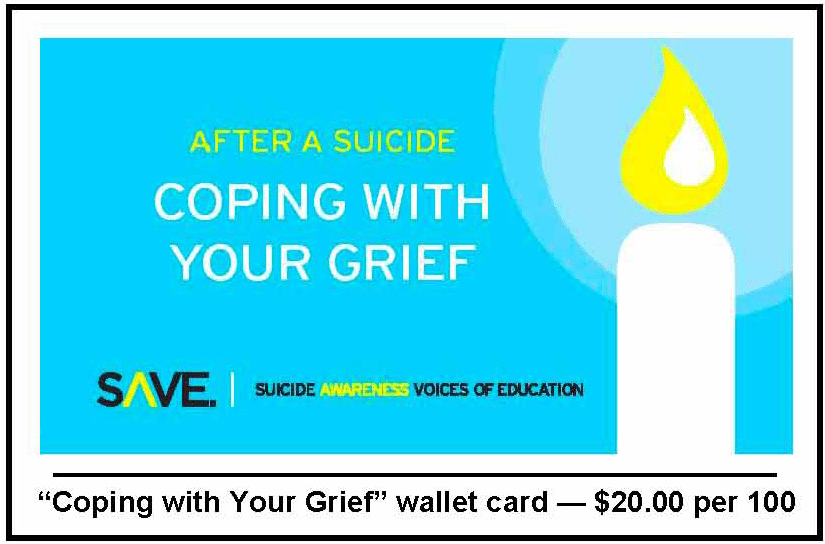Best Practices Needed for Mutual-Help Support Groups
The need for best practices among Suicide Bereavement Support Groups (SBSG) has been highlighted at two recent national meetings, and there is a key resource on the topic, available from Lifeline Australia, that deserves consideration by SBSG facilitators everywhere: Towards Good Practice: Standards and Guidelines for Suicide Bereavement Support Groups.
Towards Good Practice ... [was] developed through wide consultation with people working with suicide bereavement support groups and with experts working in the field of Postvention ... [and] a separate literature review was undertaken ... The development of the Standards & Guidelines for SBSGs ... is based on existing research evidence and practice evidence available in the field (from the introduction to the companion book, Practice Handbook: Suicide Bereavement Support Group Facilitation).
These standards and guidelines (see the table of contents, below) are arguably the best starting place for discussions in the United States and elsewhere about improving the quality and effectiveness of mutual-help support groups for survivors of suicide loss.
Such discussions were called for last October at the SAVE Suicide Survivor and Bereavement Leadership Summit in Minneapolis, where two of the five key opportunities identified related to SBSGs:
Help build a network among Suicide Bereavement Support Group facilitators. The group would ... like to see the Suicide Bereavement Support Groups across the United States become a true network. The group reviewed some tools that might be used for developing a community of practice and agreed that SBSG facilitators could become a model for interconnecting all of the groups of caregivers who help survivors (police, funeral professionals, ministers, grief counselors, etc.).
Develop best practices for support groups. The group also recommended that it is essential to develop best practices for Suicide Bereavement Support Groups. They emphasized that supporting a SBSG facilitator network would help improve the quality, consistency, and variety of services delivered in support groups, and that simultaneously working on best practices would strengthen support groups and take them to the next level of effectiveness.
Just last month in Portland, SAVE was host to a second gathering of 36 experts and national leaders of the suicide loss survivor community, where supporting a network of SBSGs in the United States was a topic of discussion. The closing remarks of Dr. Dan Reidenberg, SAVE's executive director, pointed to very strong support -- from SAVE and its partners -- for strengthening SBSGs across the country, and an essential element of doing so will surely be the development and dissemination of best practices.
Here is the table of contents from Towards Good Practice: Standards and Guidelines for Suicide Bereavement Support Groups.
1. Support group establishment and maintenance
1.1 Aims and objectives
1.2 Access and membership
1.3 Organisational and management structure
1.4 Ethics
1.5 Legislative and management requirements
1.6 Marketing and promotion
2. Support group philosophy and processes
2.1 Philosophy on clients
2.2 Service delivery
2.3 Inclusiveness
2.4 Group processes
2.5 Understanding of suicide bereavement, loss and trauma
2.6 Support group facilitation models
3. Support group facilitation and management
3.1 Roles of support group facilitators
3.2 Skills and behaviours of support group facilitators
3.3 Training of support group facilitators
3.4 Support group co‑facilitation
4. Support group services
4.1 Meetings
4.2 Information and networking
4.3 Range of services
4.4 Referral services
4.5 Duty of care
4.6 Use of alternate delivery modes
4.7 Review and evaluation of services
- Franklin Cook's blog
- Log in to post comments






Recent comments